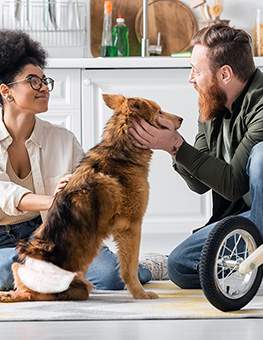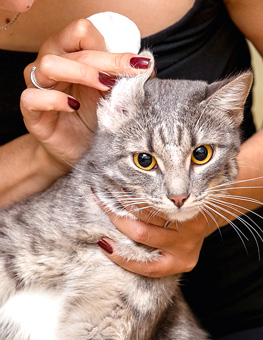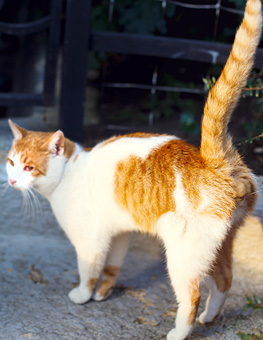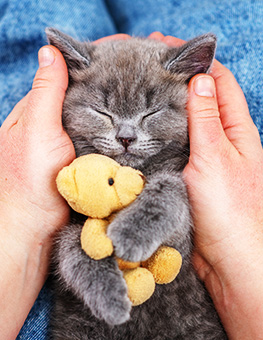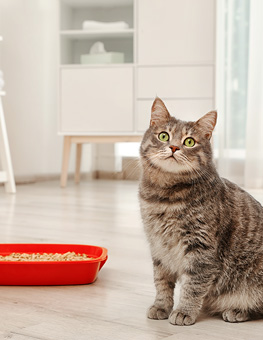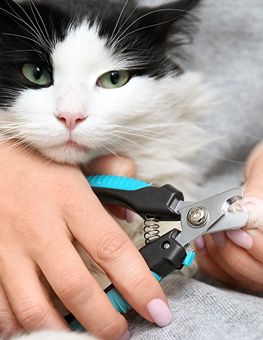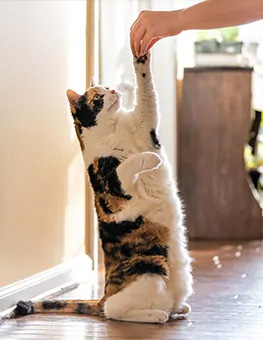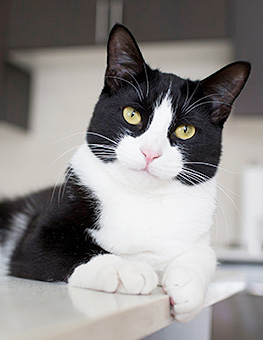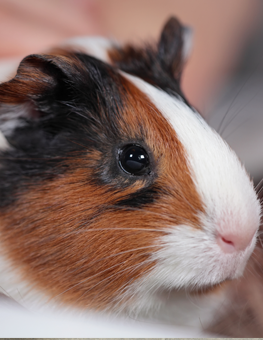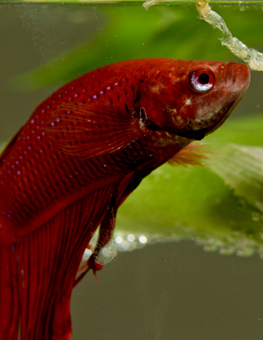Troubleshooting Litterbox Problems
At some point, almost every cat owner experiences this common problem: your perfectly litter-trained cat suddenly stops using the litterbox.
Generally, cats that suddenly change their litterbox habits usually do it for one of three main reasons: litterbox issues, a response to a stressful change, or a medical problem.
Litterbox problems are very common, and probably the easiest to address. Cats are finicky creatures, and that certainly holds true for the litterbox. Dirty or too few litterboxes can cause a cat to avoid using it. If this is the case, then scooping and changing the litter more often will likely resolve the issue.
In multi-cat households, ideally there should be at least as many litterboxes as there are cats. Even the type of litter or switching litters can cause a problem, since many cats will be caught off-guard if a new type of litter (clay, paper, scented, clumping, etc.) suddenly shows up in the litterbox. If you decide to change the type of litter, slowly introduce the new litter to the existing litter over several days to give your cat time to adjust.
Litterbox type or placement can be an issue for some cats. For example, some cats prefer open litterboxes while others prefer the privacy of a covered box. And as they say in real estate “location, location, location” is important: all litterboxes should be easily accessible to cats at all times, preferably in a quiet, private area. Older cats or cats with limited mobility may find it hard to use litterboxes with high sidewalls, or to reach litterboxes in elevated locations, so adjust accordingly. In multi-level homes, it’s always a good idea to have a litterbox on each floor.
Many cats are sensitive to changes in their everyday life, such as a new baby or pet or moving to a new home. They may display their insecurity or frustration by eliminating in inappropriate locations, such as on your comforter or newly laundered clothing. In this case, in addition to extra TLC from you, your cat may require a temporary litterbox move to a “safe” location until he gets a chance to adjust to the new change.
Cats with urinary tract problems often have a significant change in their elimination habits. Some cats will urinate outside of the box. Others may keep going back and forth to the litterbox while straining to urinate, often with very little urine production. It is important to identify possible medical problems early so that your cat can receive the proper treatment. These cats may be suffering from urinary tract disorders, such inflammation, crystals, stones, or a bacterial infection. A few cats, especially male cats, can even experience a urinary obstruction, a serious medical condition that prevents your cats from being able to urinate, resulting in dangerous toxins building up inside the body. This is a medical emergency that requires immediate veterinary attention.
If you have concerns about any change in your cat’s litterbox habits, your veterinarian is a great resource for helping you address your cat’s litterbox issues.




